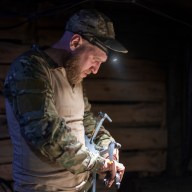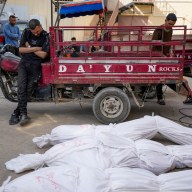In 2010, statistics professor Alan Agresti retired from the University of Florida after 38 years. In that time, he witnessed his field transform from a niche profession for the numerically inclined into one of the most marketable degrees in higher education.
His latest book — “Strength in Numbers,” which he co-edited with Xiao-Li Meng of Harvard University — is an attempt to record the history of the oldest statistics programs across the U.S., from Berkeley to Princeton. “Back when I was a student, most people came to statistics through the back door. Often, you were a math major and you wound up taking a few statistics courses because you heard it had more connection to the real world. It wasn’t until grad school that you really had the opportunity to study statistics,” explains Agresti. “Now, most universities have quite a bit available at the undergraduate level.”
During Agresti’s career there has been an explosion in the demand for trained statisticians, particularly over the past 20 years, with advancements in computing. “There’s been a shortage of statisticians for a long time. Partly, it’s because statistics has never been regarded as an attractive degree by undergraduates in the U.S.,” says Agresti. “Most graduate departments have more international students than American students. But the job market is fantastic. There are simply more jobs than graduates. The pharmaceutical industry alone has a huge need.”
Now, for the first time, American students are declaring a statistics major before even stepping foot on a college campus. “It used to be that every college student in intro-stats didn’t know what to expect,” says Agresti. “Now, there are AP statistics courses offered at many high schools, so it’s changed dramatically.”
















